Archive for the ‘The Sunday Times – Articles’ Category
-
Shop around for the best look at life on the streets
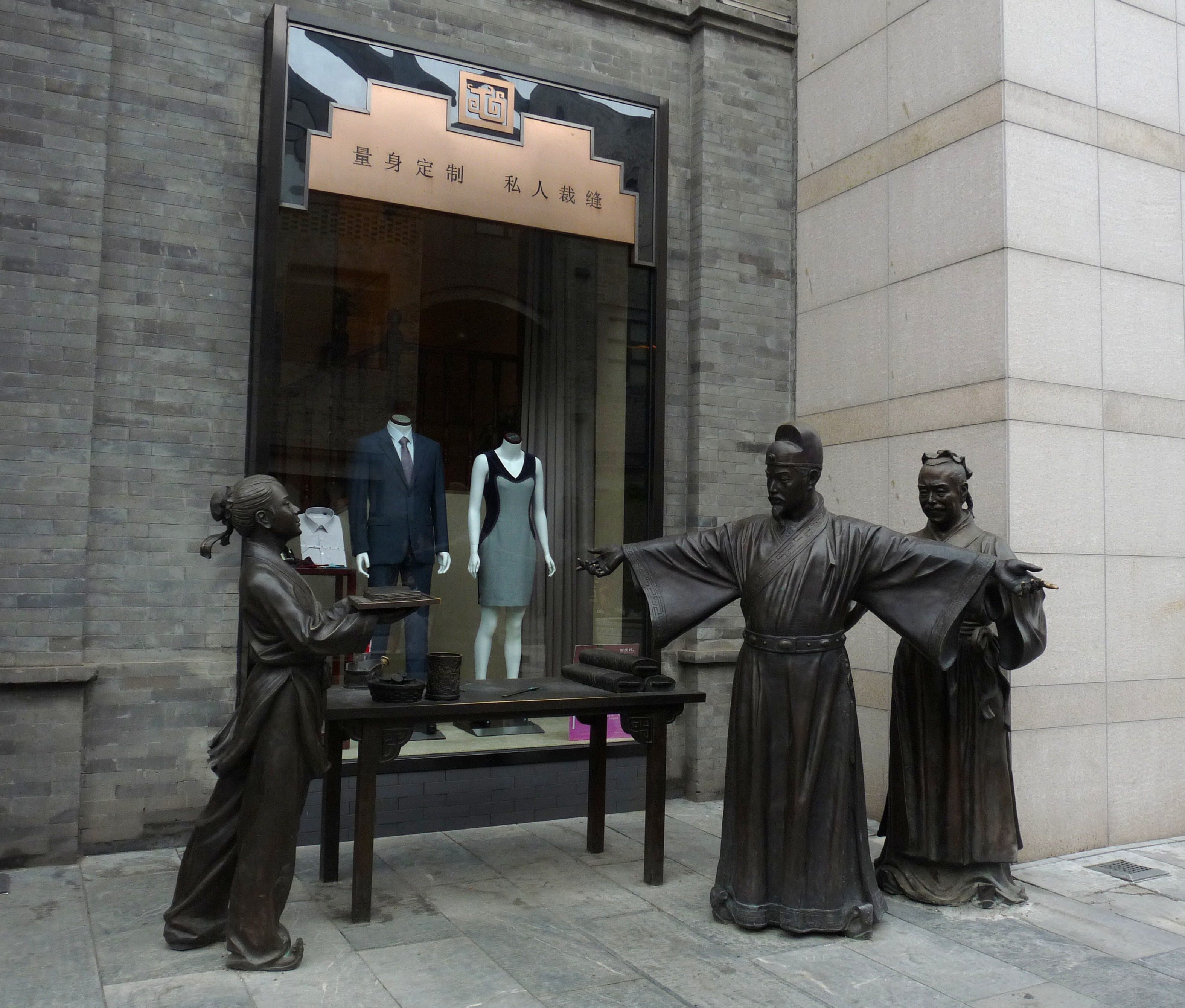

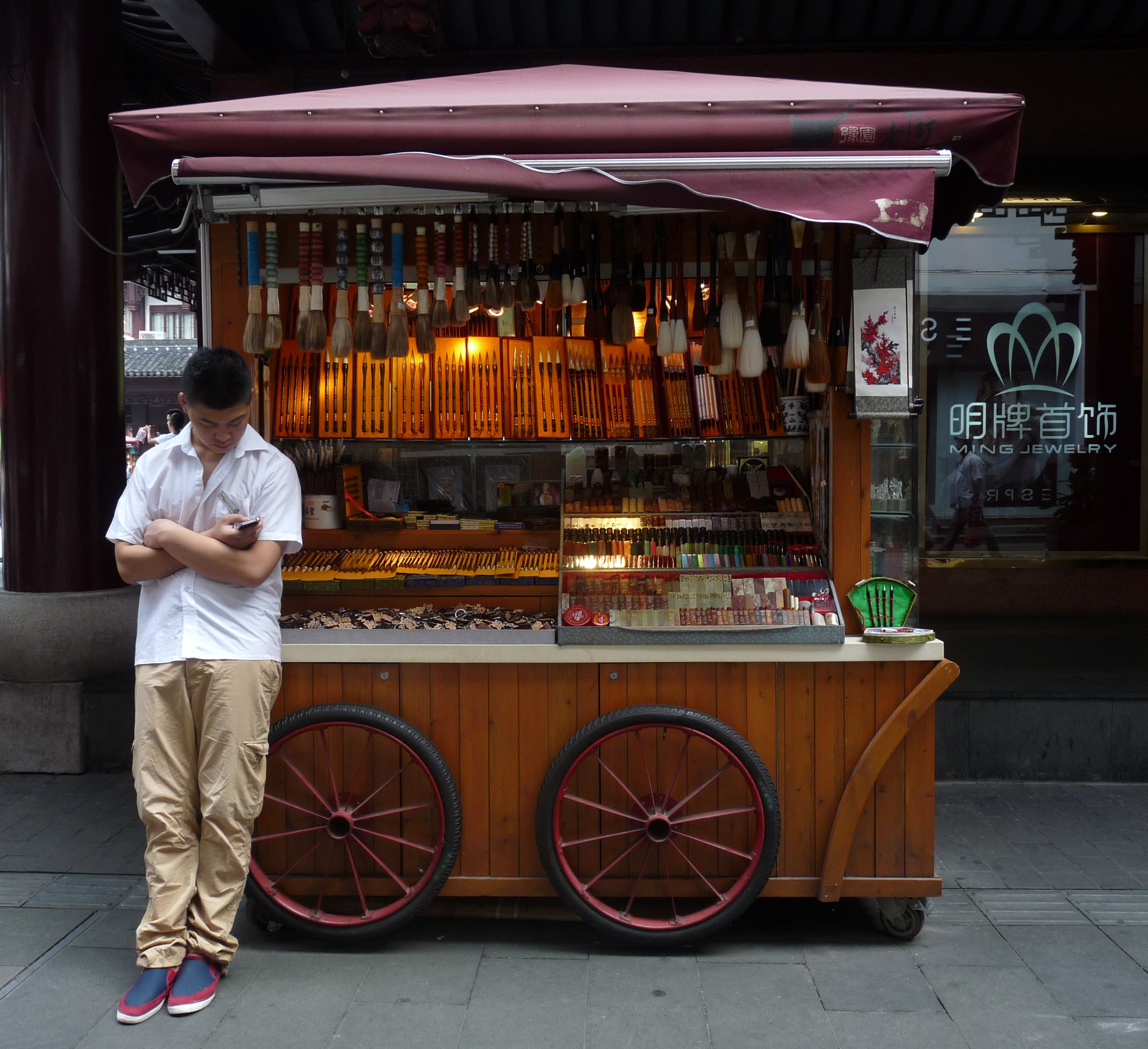
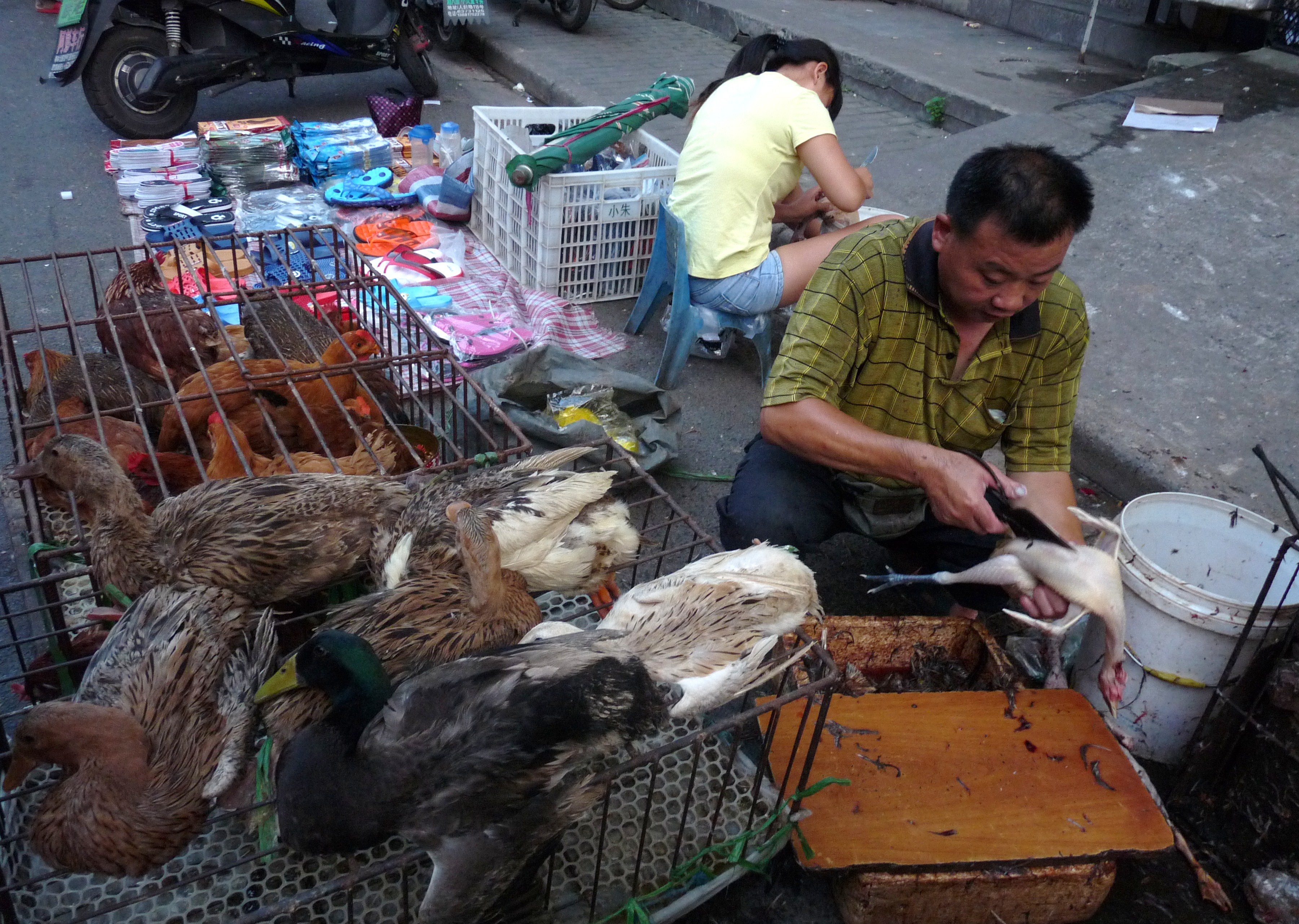
The cities of Beijing and Shanghai are definitely a mecca for those who love shopping. Never ending roads brim with hundreds of shops which offer an endless choice of all sorts of products.
Ancient shops of different traditional trades stand side by side to modern ones which sell famous brand commodities. Flea markets provide the opportunity to look out for unusual items or for a good bargain but one must always keep in mind that most of the items are not genuine.
Shopping can also be a way of getting closer to the locals especially in those areas where one is expected to negotiate the price. At times language could be a barrier since not all the Chinese can communicate in English. However, somehow, if you really want to purchase something, you’ll surely find a way to get across.
Qianmen Street – Beijing
Qianmen pedestrian street runs south from Tiananmen Square, just along the Beijing central axis for about a kilometre.
This popular zone bears its origin to the ancient times of the Ming and Qing Dynasties when it was already renowned for its lantern fairs, theaters and tea-houses. Yet unfortunately, in 1900, this area was burnt down to ashes when Beijing was ransacked by the Eight-Nation Alliance.
The present Qianmen Street has been rebuilt into four zones with particular areas designated for culture, food, shopping and entertainment. Stepping from one shop to another is like entering into a different world altogether.
Elegant shops selling expensive jewellery with a particular focus on jade stand next to bargain outlets bursting with a multitude of souvenirs and knick knack objects. Popular Western fast-food outlets like Mc Donalds and KFC compete with traditional Chinese cuisine such as Qianmen Quanjude Duck Restaurant for the attention of hungry clients.
An old style tram runs from north to south of Qianmen Street. However, for those who really want a taste of Chinese culture, walking is definitely better.
Wangfuying – Beijing
Wangfujing is very famous both with locals and with tourists as its outlets extend over a total length of about two kilometres. This flourishing business quarter dates back to 1260 and it has a long interesting history.
In the wide main street, once again, West meets East since one finds huge shopping malls with international designer brands standing next to Beijing renowned trades, such as Shengxifu hat store, Tongshenghe shoe shop, and the Wuyutai tea house.
However, here, the real delight for tourists lies in the narrower side streets which look rather like a busy beehive. Indeed, this zone is definitely not recommended for those who hate crowded places or for those faint at heart. For this is where you’ll witness the roots of the traditional Beijing, especially through some of the exotic foods which you will be offered.
The different smells coming out of the numerous food stalls will entice you to look closer and maybe to try out something. The vast choice will consist of fresh fruit, dumplings, fried foods, and plenty of kebabs with all sorts of meat including lamb, chicken, pork, starfish, seahorse, worms, insects and live scorpions!
Nonetheless, if you lose appetite, there is still more to see and buy in the other outlets which boast the true colours of China. Your preference and the amount of money which you are ready to spend will be the only limits. Exquisite shoes, silk scarves and ornaments, clothes, wood creations, colourful masks, stuffed pandas and toys, and a torrent of souvenirs are some of the items available in a much longer list.
At the end of this visit, you’ll feel as if you have just been through a whirlwind of experiences. Definitely unforgettable!
Nanjing Road – Shanghai
Shanghai is a different world altogether from Beijing and this is clearly evident whilst walking along Nanjing Road. Believed to be the first shopping street in China, this road stretches for more than five kilometres with hundreds of different shops on each side.
Here, shopping malls, department stores and boutiques with luxury brands like Dior, Chanel, Armani, Prada and Calvin Klein compete for clients’ attention with elegant and costly products. In fact, more than a pedestrian shopping street this area has also become a zone for both locals and visitors in order to experience the culture of modern Shanghai.
It is best to visit Nanjing Road in the evening when the area is fully lit and quite spectacular.
Yuyuan Bazaar – Shanghai
This is an outdoor bazaar which stands next to the famous Yuyuan Garden. Its attraction lies in the wooden architecture of the shops and market stalls and in the traditional items which they sell.
Since Shanghai is close to Suzhou, one will find a good choice of silk products here. Moreover, amongst the amazing array of traditional Chinese products, one can select amongst paintings by folk artists, calligraphy works and tools, including ink, paper, brushes, pens, and ink slabs, bamboo and wood carvings, bronze wares, porcelain tea-sets, jade pieces and pearls from Taihu Lake, to mention only a few.
There are no boundaries to what you can actually find whilst exploring this bazaar. Indeed, in offhand corners, you might see people selling small animals and reptiles, and also bracelets of simple but fragrant flowers.
A food market in Shanghai
It is very easy to find yourself completely enthralled by the exciting and dynamic city of Shanghai, thereby feeling urged to explore also other areas which are outside the usual guided tours.
Particularly endearing is the sheer contrast between the ultra-modern neon-lit high rises lying at the background of the raw and coarse atmosphere of meagre street food stalls where many locals gather to buy their grocery needs.
Once again, your senses will be fully assaulted with unusual activities, smells and sounds. Here you can observe the wide choice of foods available which includes eggs of different poultry, river and sea fish and crustaceans, vegetables and fruit of whatever type and size, and various herbs and tea leaves.
Live chicken and ducks look out from cages whilst one of them is being killed and cleaned there and then for a customer. Cute puppies look out expectantly from other cages, their destinies depending on who’s going to buy them.
Surely, a visit to any of these markets should be included in one’s itinerary in order to experience the real China.
(This article was published in the Travel Supplement of The Sunday Times of Malta dated 11th January 2015)
-
Far more than walking on a winter wonderland
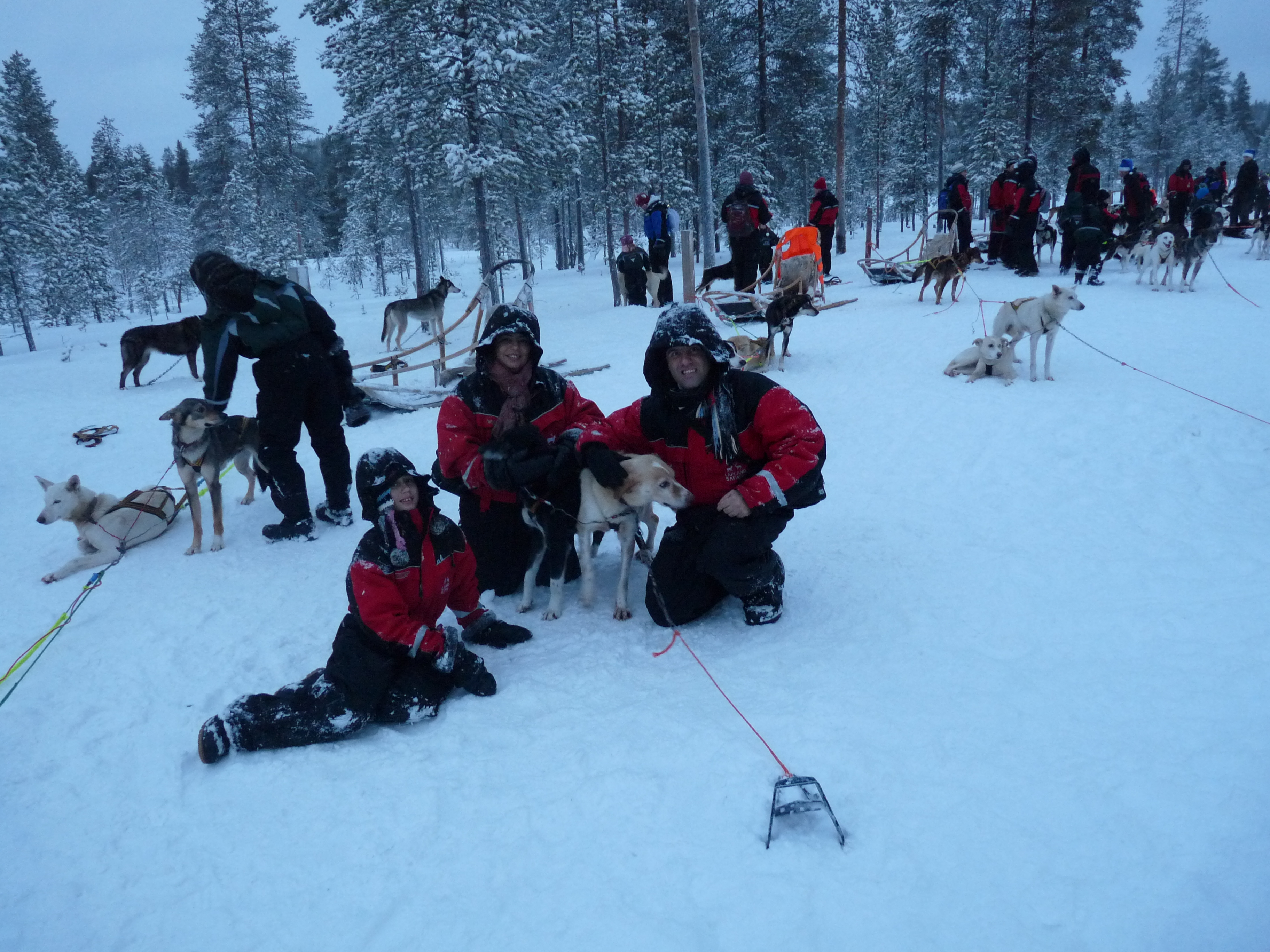
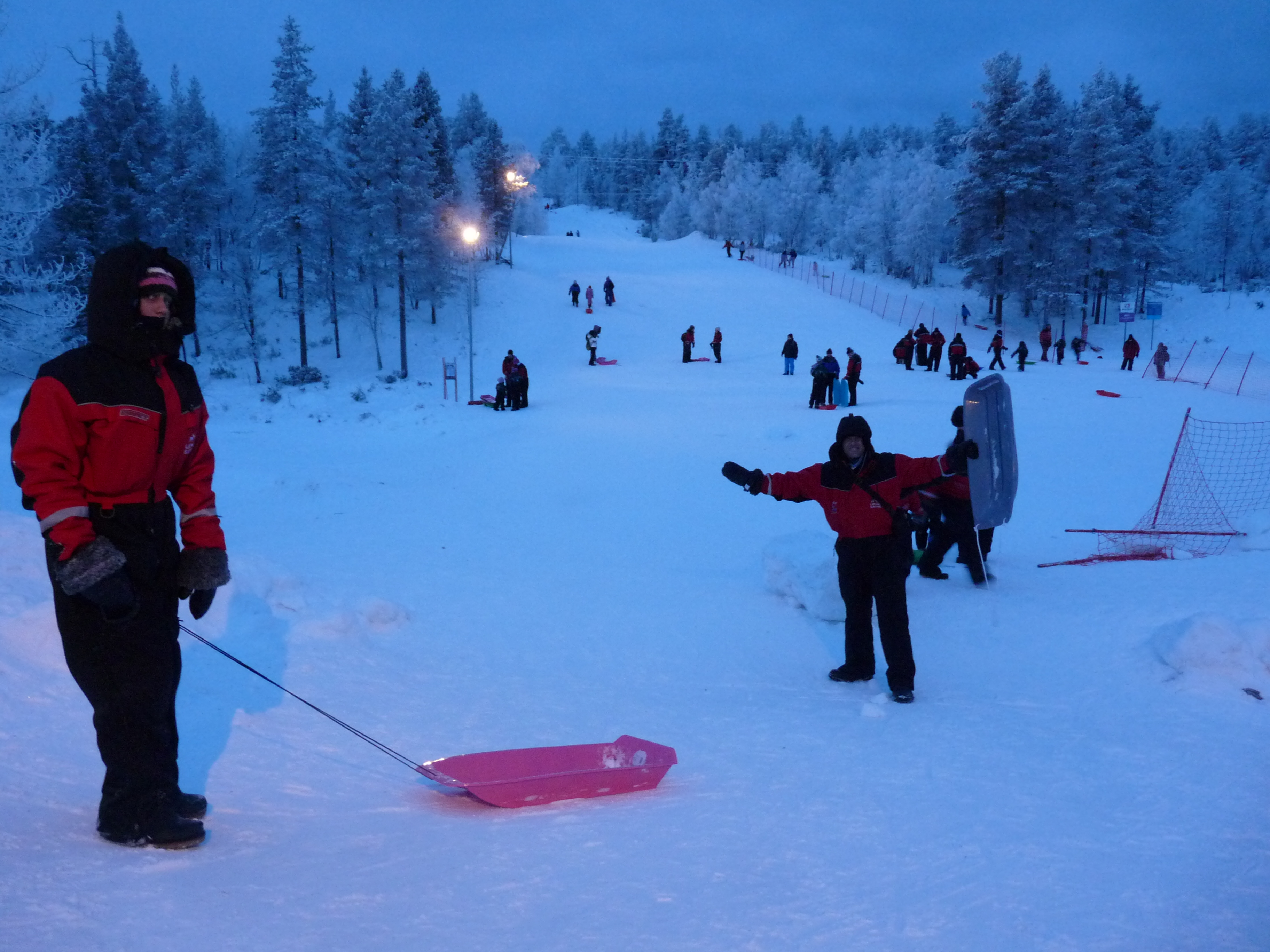
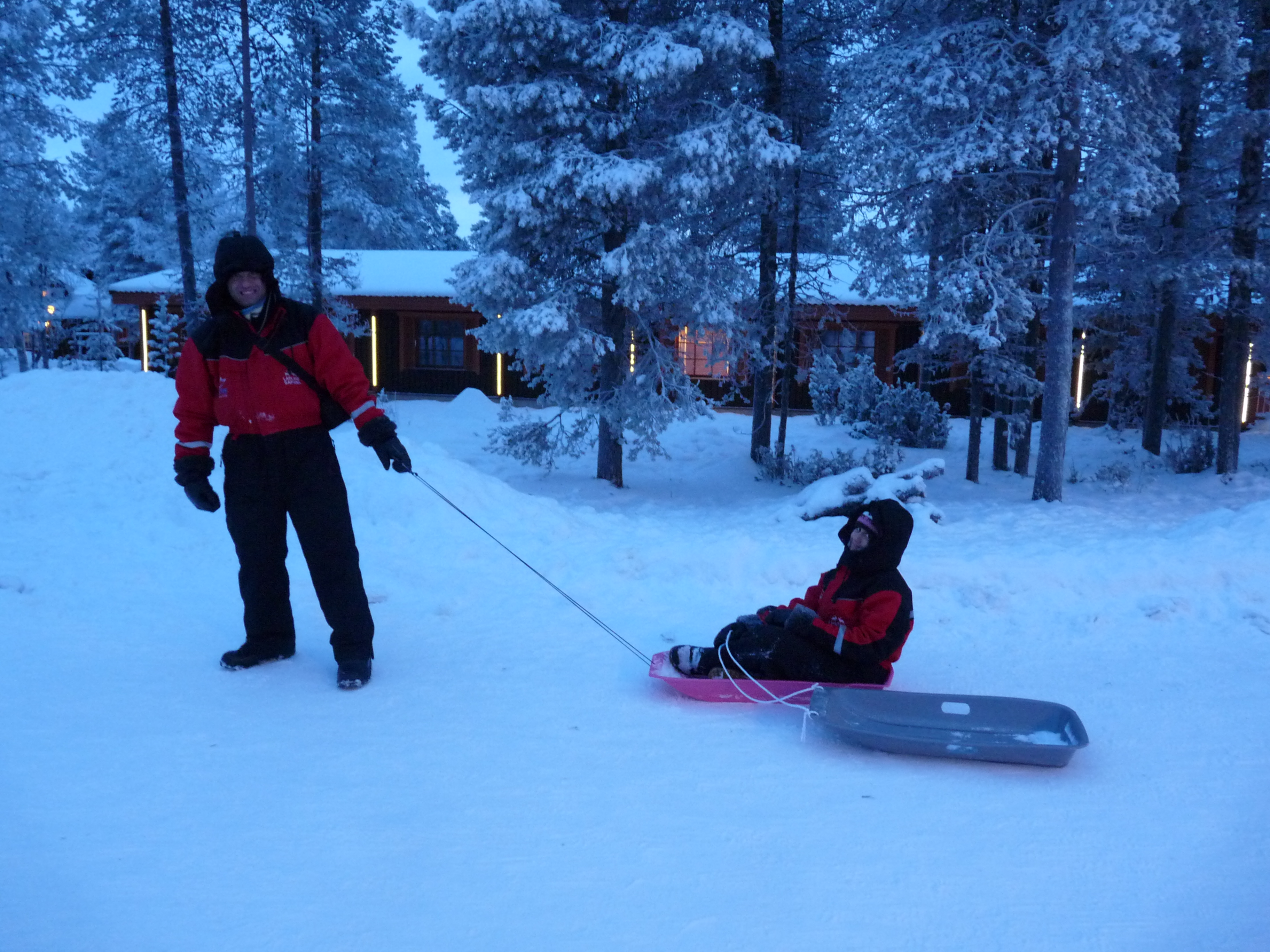

We had always wished to spend Christmas in some foreign land in order to see how this event is celebrated in other countries. Ideally this place had to be similar to the ones that we saw on Christmas cards; that is with wooden log cabins, fire-places and much much snow.
Eventually, a brilliant idea came to our mind! What if we went to visit Santa’s land itself in Lapland, Northern Finland?
Although many of us have grown up to believe that Father Christmas is just a legend, my daughter and I are sure that he is real. Well, he comes to visit us each year and he always leaves a lovely present for Martina. So surely, after ten annual visits to our home, we decided that it would be nice of us to exchange the courteousy.
That was how we found ourselves at Gatwick airport being led away from the usual crowded queues by a special officer who rang a bell in order to call for those whose destination was Ivalo airport.
Soon, several families with excited children joined the group and off we went on a charter airplane which was waiting to take us to this magical land. Everything was superb from the start, even this flight which was completely dedicated to entertain the children with enjoyable games. Then, when we were approaching land, all the children turned to the airplane’s window in order to watch for Santa’s flying sleigh. We did not succeed to see it but deep beneath the fluffy white clouds, there appeared a strange landscape of dark land, remarkably patterned with plentiful shiny rivers and lakes. So that was how the Arctic Circle looked!
Our airplane landed smoothly down at Ivalo’s minute airport in Lapland, North Finland and soon we found ourselves walking in the crunchy snow. Mischievous, brightly dressed elves slid out together with our luggage and greeted us with playful tricks, whilst a traditionally dressed Finnish Sami, who forms part of the indigenous people of this area, welcomed us to his land in the company of a large reindeer. A coach transferred us to the tourist resort in Saariselkä which was only 25 minutes away.
Since in Saariselkä, the temperature goes down well beyond zero degrees, we had to pack a couple of cosy clothes in our luggage. However, on arrival, everyone was provided with a complimentary thermal outer-suit, along with woolen socks, snow boots, outer gloves and hats, in order to guarantee a comfortable stay since there the temperature could go down to -30 degrees celcius.
There is a good choice of hotels wherein to spend this holiday: starting from Santa’s Kieppi which is built in the traditional Finnish style, and moving on to the modern style Santa’s Holiday Club which includes an indoor pool with waves and chutes. We chose to stay in Hotel Kieppi because we considered it to be more authentic. Its owner, Matti Välitalo, informed us that in Finnish, the word ‘kieppi’ referred to the burrow where animals hibernated during winter, and surely this place was warm and snug contrasting to the icy coldness outside.
Between the beginning of December and the first days of January, Saariselkä experiences the polar night as the sun does not rise. However the place does not lie in total darkness since the light of the moon, the stars, and the magnificent Northern Lights are reflected by the snow, and therefore one can move around easily at whatever time. During this period, at about ten in the morning, the dusky blue sky turns into an unusual blend of silver and blue colours which is later imbued with different hues of blue and red, until at about three in the afternoon, when it starts getting dark again. This entire ambience felt strange at first but once we got used to it, it enhanced each and every moment and turned it into a unique Christmas experience. We really felt as if we had stepped into another world.
Even the activities that we could do were extraordinary and it didn’t take very long to see the adults being transformed into joyful and happy children. It’s bound to be! For how can one resist the feeling of a true white Christmas whilst squishing or toboganning in the milky Arctic snow? We were provided with free toboganns from our hotel and Martina took the opportunity to be pulled all along the way. I have to admit that it was somewhat frightening at first because we had never experienced this sport. But when we saw very young children shooting down confidently, we walked up the small snowy hill and off we went. Oh my! It felt like flying! An amazing experience! Anyhow, we lost count how much rides we did.
Each time we travelled by coach, our guides made their utmost in order to help us feel the Christmas spirit. Once more, we found the atmosphere quite captivating as we sang heartily a couple of old Christmas songs along with people coming from various countries around the world, under a sky packed with twinkling stars.
However surely, the best moment of this holiday for each visitor, whether adult or young was the special visit to the village of Father Christmas in the Arctic Circle. Here, with activities ranging from ice fishing, toboganning, reindeer sleigh rides, snow hockey, skidoo rides, and an igloo bar, who can wish for more? Yet there was more! In fact, after providing us with the required instructions, we were offered to drive a pack of huskies in the snow. My husband controlled the huskies and my daughter and I huddled up in the sleigh wrapped up in reindeer skin. What a delight!
Still, more followed since each family, at some point or another, was secretly and quickly hurried upon a snowmobile-sled in order to search for the elves who knew how to point the way to Santa’s log cabin which was craftily hidden in the icy woods. It was a really enthralling experience to enter into the warmth of Santa’s magical hut and to find him sitting in his huge wooden chair amid a multitude of colourful presents. Martina was dumbfounded as she noticed that Santa was holding and reading her own hand-written letter which she had sent him some days ago by post from Valletta! When she found some courage, she told him that many of her friends told her that he did not exist.
“Well now you have seen that I do!” he told her warmly as he laughed heartily and gave her a beautiful teddy bear. Martina hugged Santa as if to check that she was not dreaming and she even kissed him on the cheek. Once our private meeting with Santa was over, we were taken back to the rest of the group but Martina was simply entranced by this experience.
On Christmas day, we attended a gala dinner where we discovered that in Finland, ham is the Christmas food specialty. However we were treated to a bountiful meal of different meats and fish, together with a selection of pastries and delicious wild berries.
We surely missed the company of our dear family members and the sweet presence of baby Jesus in his crib which was nowhere in sight in these locations. Yet in Saariselkä everything was designed to entertain visitors and one will absolutely not have time to feel a trace of sadness.
We spent only four days in Santa’s Lapland but the surrealism of the place mystified the aspect of time and we felt as if we belonged there. Surely no other Christmas will ever match this one.
(This article was published in the Travel Supplement of The Sunday Times of Malta dated 2nd November 2014)
-
Reliving the history of Buggerru (Sardinia)

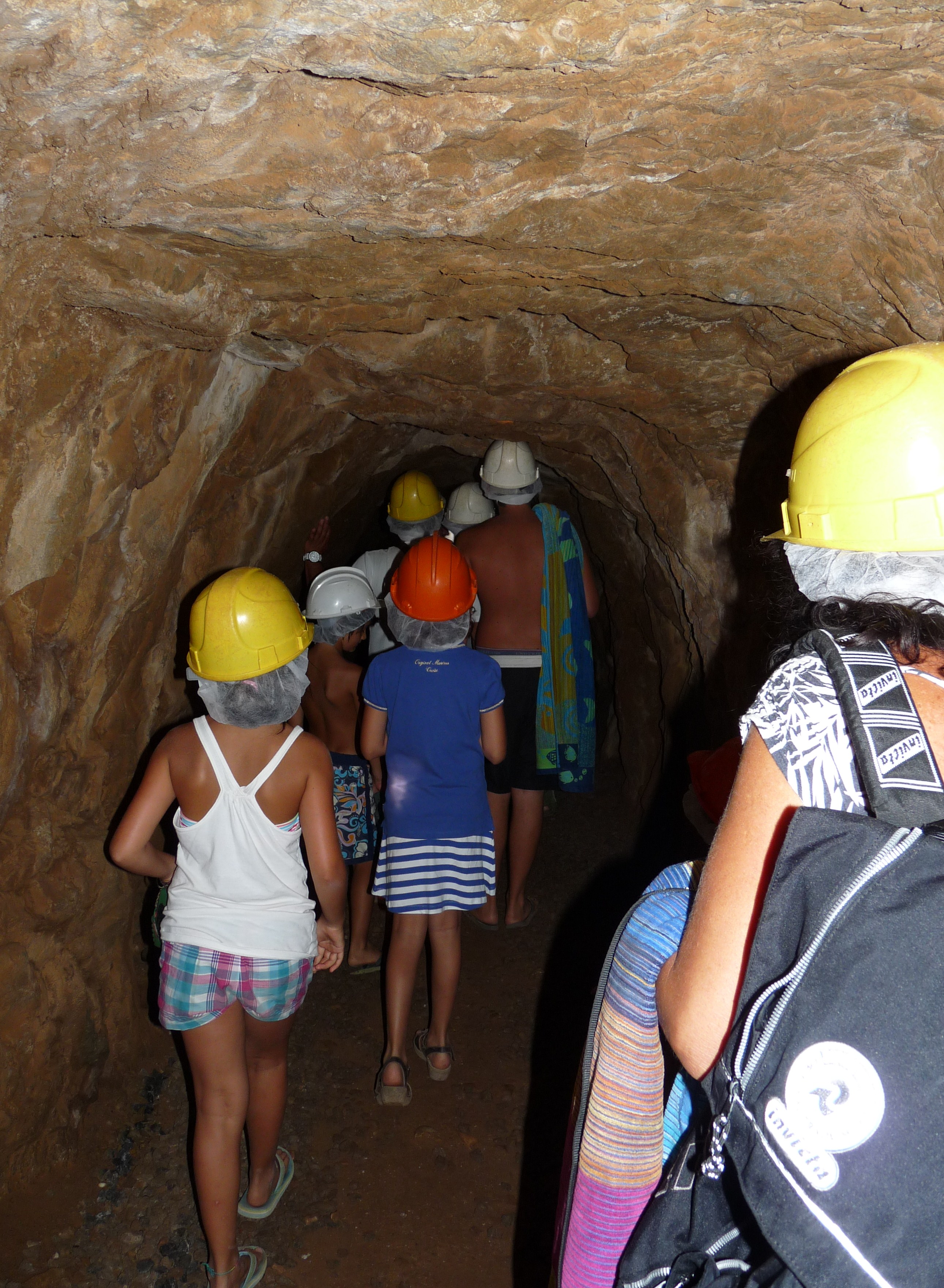

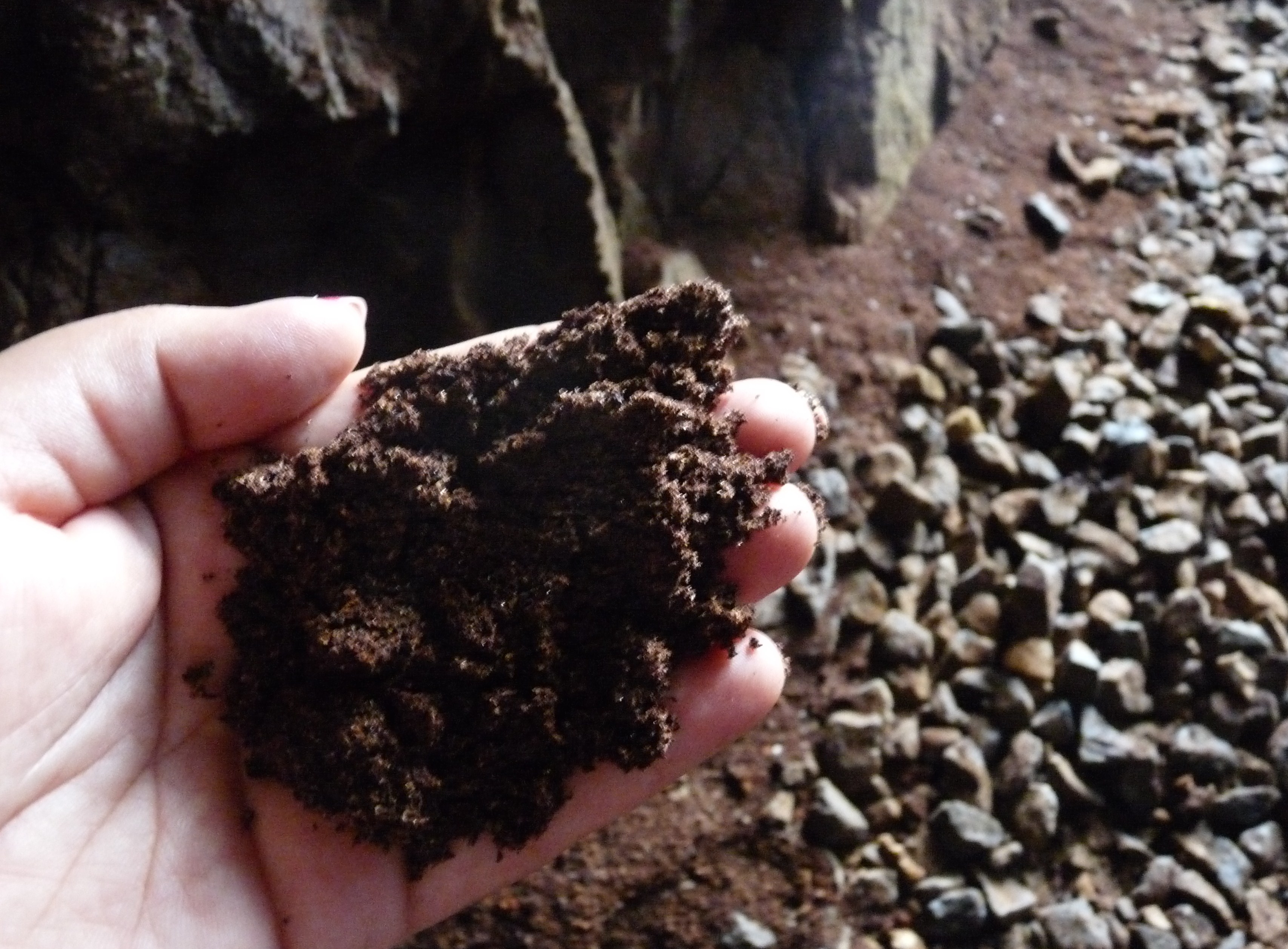
The name itself, Buggerru, sounds unusual, and so is the location of this Sardinian coastal village which lies hidden deep behind the mountainous areas of the province of Carbonia-Iglesias, about 70 km northwest of Cagliari. One would think that such a place might have been quite isolated in the past but this was not the case since the rocks of this territory were highly rich in minerals. In fact in the 19th century, the heart of Buggerru’s cliffs was turned into a labyrinth of tunnels in the obsessive search to force out any precious materials that were available within the landscape. At first, both the locals and other Sardinians of the nearby villages thought that these mines were a godsend which would improve their standard of living. Indeed, their lives did change but for the worst, as life in Buggerru turned into an abusive and oppressive hell for many of the individuals working in this industry, even for women and children. Interestingly, Buggerru’s last mines closed down in 1980 and yet the locals have succeeded to sustain the mines’ economic potential by transforming some of them into tourist attractions, with the surviving miners acting as tourist guides of the site.
A descending winding road surrounded by breathtaking mountainous scenery will lead you into the centre of Buggerru which in the last years has been flourishing as a significant port. The place is pretty small and at first hand it gives the impression of being mundane. However, once one reaches its mines and looks out at Buggerru’s huge cliffs which are splendidly surrounded with a bright azure sea, it will be immediately clear why this area has lately been used for a number of popular tv commercials. Surely, the present environment at Buggerru offers a remarkable spectacle to its visitors and this makes it difficult to realize that in the past, so many lives were shattered in this area.
One of the most visited mines in this area is Galleria Henry. This tunnel is about one kilometre long and it was dug into the cliffs at fifty metres above sea-level. Galleria Henry was dug out in 1865 and it is particularly significant because it was created specifically in order to allow the introduction of a small train which could carry the excavated heavy minerals more efficiently. Prior to this mechanical invention, the transportation of this material was done by means of carriages which workers pushed along the way, either manually or with the help of mules.
Tourists visiting this tunnel are led into its entrance wherein two ex-miners introduce them to the history of this place. With the aid of some old large photos which hang on the tunnel’s walls, the guides narrate quite vividly how life was in Buggerru, beginning from the day that this industry was created and ending right up to the period when these mines were closed down. In the 19th century, work conditions in these mines were miserable and contrary to other foreign workers who were assigned there, the Sardinian workers were shamefully underpaid and very ill-treated by the foreign owners of this business. In the process, even Buggerru’s landscape suffered from this cruel and selfish attitude as its forests were cut down in order to obtain wood to reinforce the tunnels’ walls, and later on to provide fuel for the train.
September 1904 is a strong symbolic milestone in the location of Buggerru since during this period, a terrible incident took place in these mines and this resulted in significant and compelling changes that reverberated throughout the whole of Italy. It all happenned when the already austere regulations that were imposed on the workers were worsened even more as the mines’ directors ordered a further decrease in the workers’ interval of rest allowed during working hours. This was the last straw which the workers could tolerate and for the first time, they decided to join forces and to refuse to adhere to this new rule. In response, the directors requested the support of military soldiers and at one point, these fired at the protesting workers, killing three of them. As this horrifying news spread from village to village across Sardinia, the people retorted by uniting together in the first workers’ national strike which eventually led to the creation of the Italian tradeunionism.
At the end of this staggering introduction, the visitors are invited to ride an old train that was used in these mines during the years when they were still operative. Even in summer, the tunnel is quite cold and ideally one should wear a jacket. The short trip along the dark tunnel is enjoyably unique as one can indulge in the opportunity to relive history for a brief moment. Children will surely find the train trip exciting as visitors are equipped with safety helmets and huge torches. The train stops in an open area where visitors can enjoy the magnificent views of Buggerru’s coastline and take some excellent photos. Then, the guides will lead the visitors back to the exit, though this time by walking through different tunnels which run impressively along the cliffs’ edges. Interestingly, it was this very landscape which terminated Buggerru’s mining industry, as the cliffs edges determined the limit of how much the mines could actually grow. Traces of copper lying on the walls and on the floors of these tunnels are still clearly evident and notwithstanding the beauty of the area, one can’t help remembering that these huge rocks that were dug out with great difficulty by the male workers, were then passed on to women, some of whom were even pregnant, in order to break them into smaller pieces, so that children could carry them in bags. Undoubtedly, very few visitors will remain untouched after getting to know about the history of this site and literally walking through it.
Certainly Buggerru is the place for visitors who would like to explore a distinguished territory, coloured with adventure and enriched with the exclusive possibility of cherishing the locals’ historical collective memory right from its primary sources.
(This article was published in the Travel Section of The Sunday Times of Malta dated 8th December 2013)
Travelogue
Archives
| M | T | W | T | F | S | S |
|---|---|---|---|---|---|---|
| « Jan | ||||||
| 1 | 2 | 3 | 4 | 5 | 6 | 7 |
| 8 | 9 | 10 | 11 | 12 | 13 | 14 |
| 15 | 16 | 17 | 18 | 19 | 20 | 21 |
| 22 | 23 | 24 | 25 | 26 | 27 | 28 |
| 29 | 30 | 31 | ||||
Recent Posts
- A MATTER OF FATE
- MALTA’S PREHISTORIC TREASURES
- THE MAGIC IS IN THE DETAIL
- THE SELLING GAME
- NEVER FORGOTTEN
- Ġrajjiet mhux mitmuma – 35 sena mit-Traġedja tal-Patrol Boat C23
- AN UNEXPECTED VISIT
- THE SISTERS OF THE CRIB
Comments
- Pauline Harkins on Novella – Li kieku stajt!
- admin on IL-KARNIVAL TRAĠIKU TAL-1823
- Albert on IL-KARNIVAL TRAĠIKU TAL-1823
- Martin Ratcliffe on Love in the time of war
- admin on 24 SENA ILU: IT-TRAĠEDJA TAL-PATROL BOAT C23